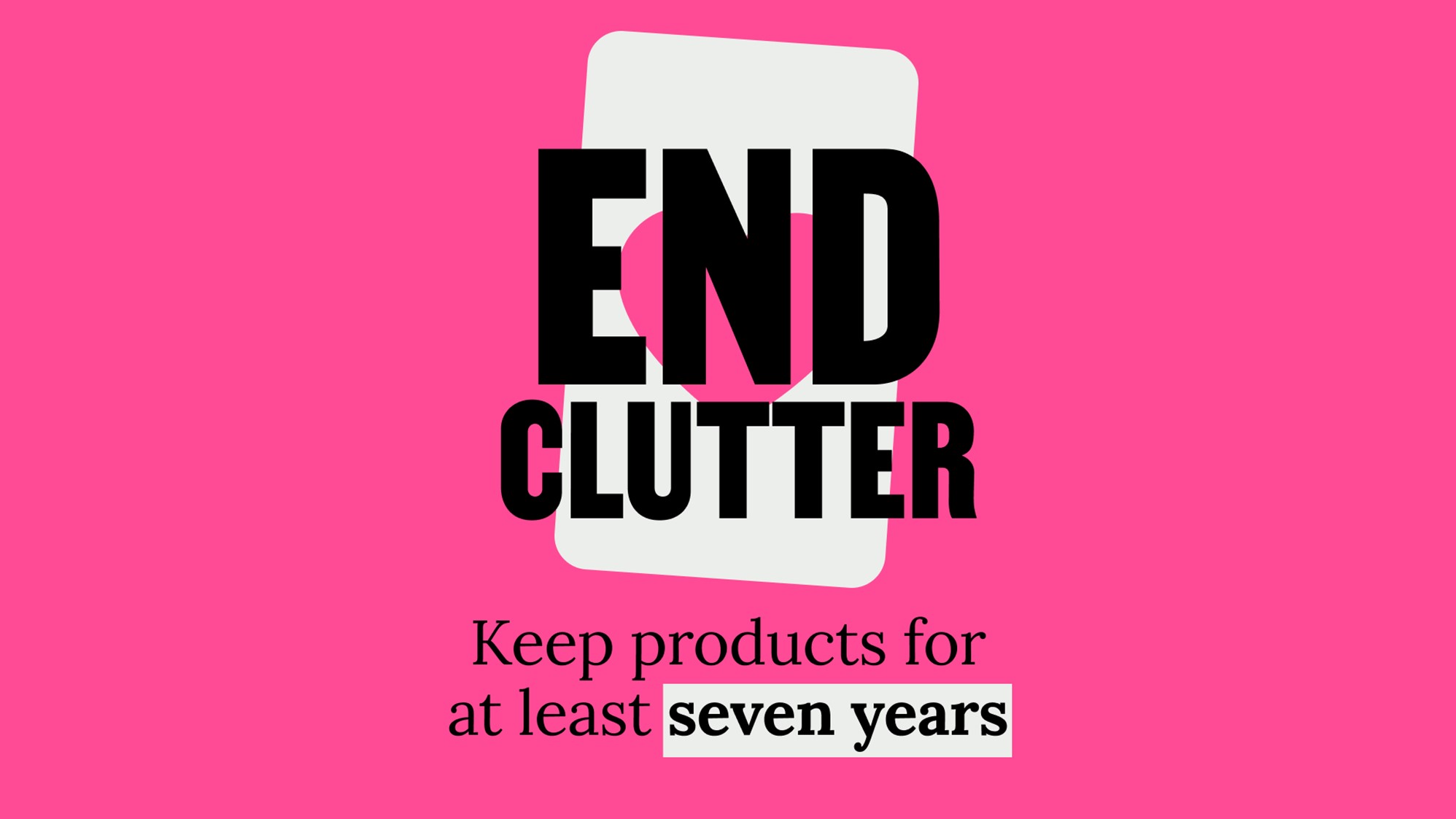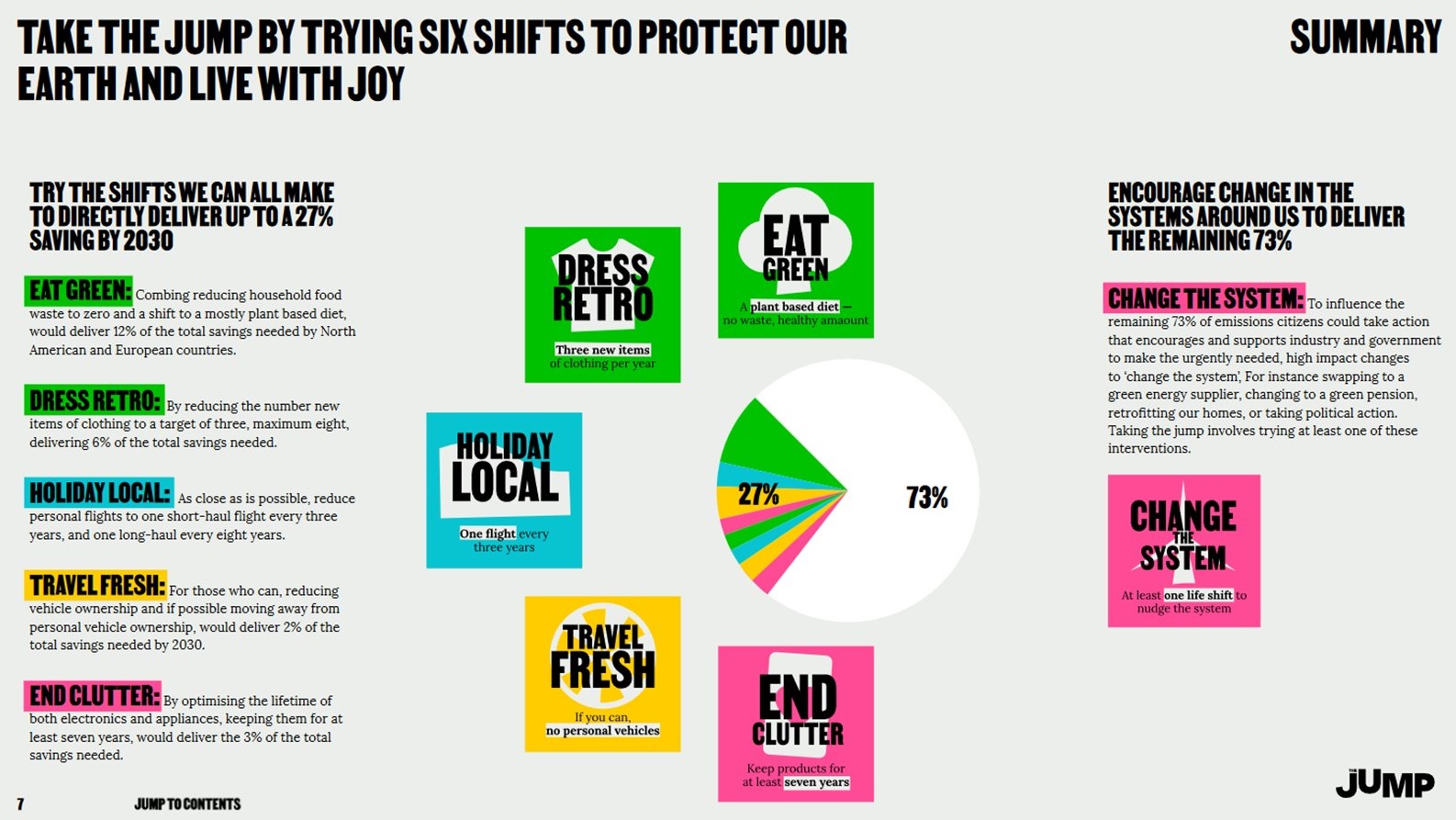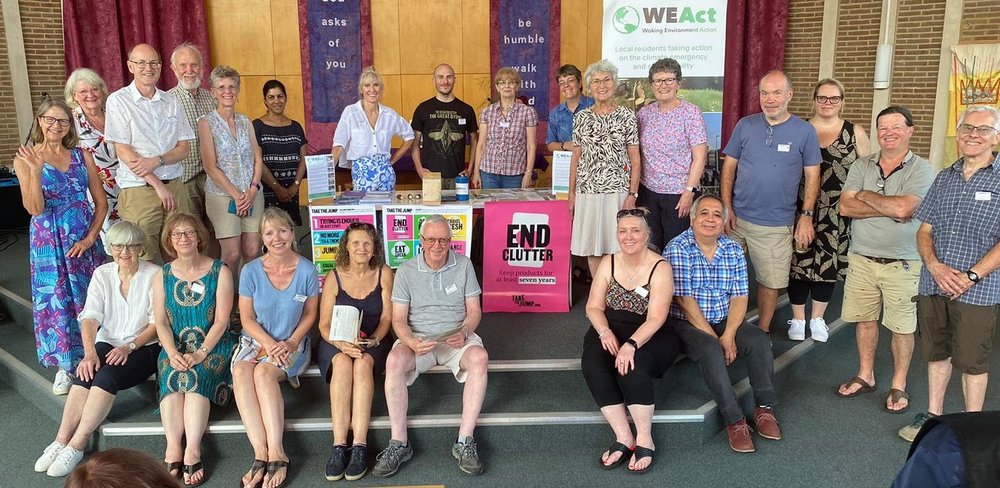Now that Marie Kondo has renounced her special brand of tidiness for a slightly more relaxed approach to family life (on the arrival of her third child), we can all feel a little less anxious about holding on to things.
Because holding on to things that still function, rather than swapping them up for the newest model, is the coolest and most sustainable thing to do.
Take the Jump’s End Clutter is about keeping electronic devices and household appliances, for as long as possible to extract maximum value and sustainability. In this blog we shamelessly reiterate all the useful tips Take the Jump has put together, with a local twist…

Our addiction to gadgets, and buying ‘stuff’ in general, is a significant contributor to carbon emissions. The process of extracting rare earth metals and producing huge volumes of products represents a serious level of emissions – often more than the emissions associated with using the product itself. For example, only 13% of the Apple iPhone 11 Pro’s lifetime emissions are actually to do with its use; the other 86% are associated with its production, transport and end-of-life processing.
According to the science, optimising the lifetime of both electronics and appliances, ie keeping them for at least seven years, would deliver the 3% of the total savings needed to deliver our 2030 targets.

Individuals are not powerless in the face of the climate crisis. We have primary influence over 25-27% of the savings needed by 2030 to avoid ecological meltdown, by making key lifestyle changes! Achieved through changing eating habits, reducing flying, reducing the number of new clothes purchased, reducing vehicle use, and keeping electronics and appliances for as long as possible. This is the JUMP that all individuals and communities can make.
The 25-27% is actually a minimum figure for the impact of citizens, because we can also have indirect influence on large portions of the remaining 73%, encouraging government and industry to make the changes needed.
At the same time, government and industry are still responsible for the large majority of the emissions reductions we need. They also have a role in facilitating the changes individuals need to make to ensure the 25-27%. For instance, by ensuring there are accessible, affordable low carbon transport options and phasing out built-in obsolescence in products. There is no one lead actor: we need all action from all actors now!

So how can you play your part? Here’s a few ideas:
- Be open to keeping your electronic products for longer. Consider a SIM only deal for your phone. Enjoy extending the life of your electronic products and save money too.
- Apply this principle to other products in your life. Repairing rather than replacing, and not succumbing to adverts that make us think we need the next new thing now!
- Given that there’s less than seven years till 2030, why not just try to avoid buying any new electronics over that period? Instead try to repair products, borrow them, rent them, buy second hand, or if you really need something then keep new items to a minimum.
- Repair existing devices – repairing may be possible so check with your manufacturer, vendor, a local repair specialist or a Repair Café – contact Plastic Free Hitchin to find out when the next one is locally
- Buy refurbished – Many manufacturers sell refurbished devices and you will find shops like CeX in Letchworth, Stevenage, Welwyn, Luton or pretty much any high street
- Borrow or rent a device – Do you really need your own device or can you borrow from a Library of Things – contact the Letchworth Garden Shed and see if they’ve got what you need
- Buy Repairable – if you have to buy a new device then make sure it is the most advanced you can afford, so it’ll date less quickly. The most energy efficient laptops carry an energy star or TCO label. Also make sure it can be easily upgraded and repaired.
- Recycle your electricals – donate your old computer to a school or send it to an accredited recycling or refurbishing company to make available to someone else – try https://www.recycleyourelectricals.org.uk/
- Join a group such as Right to Repair, a community of repairers, pushing for system change. They believe that products should be designed to be easily repaired and should last longer and support should be provided to skilled repairers. https://repair.eu/
And don’t forget even if you can’t manage all of these steps right now, just start somewhere! Starting is better than doing nothing and makes the next steps easier… have fun with it and tell your friends. Let’s start something positive – Take the Jump now!

